How to Fix BitTorrent Error ‘The Process Cannot Access the File’
BitTorrent shows the error “The process cannot access the file because it is being used by another process” right after you start a download, and the download stops. This error means BitTorrent cannot write to the file because another program is using it.
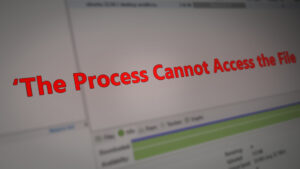
The most common reason is antivirus software, but other reasons can include file indexing, cloud sync programs like OneDrive, or even Windows Explorer looking at or previewing the file.
Now that you know the possible causes of the ‘The process cannot access the file because it is being used by another process‘ error, let’s go through some methods that have been confirmed to help fix it:
1. Close Any Applications That Might Be Using the File
If you’re just starting to troubleshoot this error, the first step is to make sure that no other application is currently using the file BitTorrent is trying to access.
It’s common for file indexing tools like File Explorer (on Windows) or Finder (on macOS) to cause this issue, especially if you have the folder opened in these programs. Make sure the folder where the torrent is downloading isn’t open in any such application.
Another common culprit is virtual drive software like Daemon Tools or similar ISO mounting programs. Many users found that this error started when they mounted an ISO file that BitTorrent was still seeding.
Important: If simply closing the application doesn’t help, make sure none of its background processes are still running. To do this, press Ctrl + Shift + Esc to open the Task Manager. In the Processes tab, look for any processes related to the suspected applications, right-click each, and choose End Task.
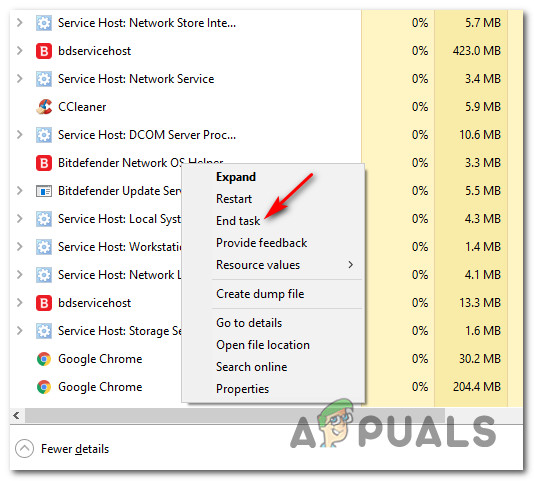
2. Download the File Outside of a Dropbox/Drive/OneDrive Folder
Another common cause of this BitTorrent error is trying to download the torrent into a folder that’s synced with a cloud storage service (Google Drive, Microsoft OneDrive, or Dropbox).
BitTorrent and the cloud storage service may conflict if both are trying to access or update the same files at the same time.
To fix this, several users have reported that deleting the torrent from the cloud storage folder and re-downloading it to a regular folder (not synced with cloud storage) resolves the error.
- Open BitTorrent. Right-click on the torrent that’s causing the error and select Remove And > Delete .torrent + data.
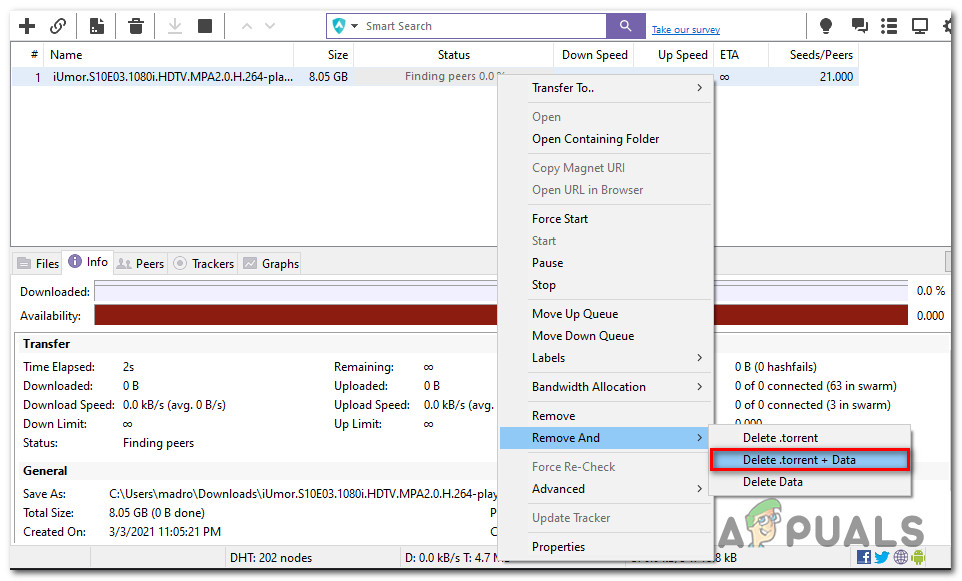
Removing the torrent from the queue of BitTorrent - Double-click the .torrent file again, and this time choose a normal folder that isn’t being managed by any cloud storage service.
3. Stop Antivirus Interference
Your antivirus might sometimes mistake torrent files for a threat and block or quarantine them, causing this error. If you think your antivirus is the problem, you have three options:
- Disable your antivirus temporarily
- Whitelist your BitTorrent downloads folder in your antivirus settings
- Uninstall the third-party antivirus software if you no longer wish to use it
Based on your needs, select the sub-guide that suits you best:
– If you need a quick, temporary fix, try sub-guide A.
– If you want to keep your antivirus but stop it from interfering, see sub-guide B.
– If you want to remove the third-party antivirus completely, follow sub-guide C.
3.1. Disable the Antivirus Temporarily
Some users have avoided this issue temporarily (just enough to finish downloading the torrent) by turning off their antivirus’s real-time protection.
If you use a third-party antivirus, you can usually do this by right-clicking the antivirus icon in your system tray and selecting an option to disable or pause protection.
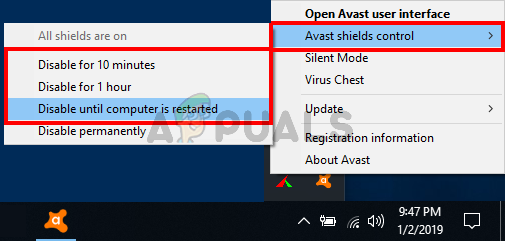
NOTE: If you’re using Windows Defender (the built-in antivirus), follow these steps to turn off real-time protection.
3.2. Whitelisting the BitTorrent Download Folder
If you want your antivirus to keep protecting your computer but not interfere with BitTorrent downloads, the best solution is to whitelist the folder where you save your torrents.
By doing this, you allow BitTorrent and your antivirus to work side by side without interference.
Note: If you’re using a third-party antivirus, look up instructions on how to whitelist a folder for your specific software.
- Press Windows key + R to open the Run dialog. Type ms-settings:windowsdefender and press Enter to open Windows Defender settings.
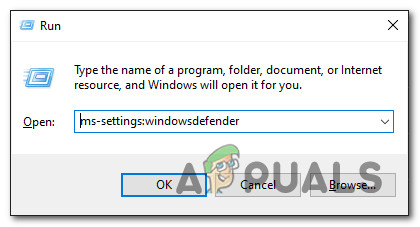
Opening the Windows Defender menu - Click Open Windows Security on the right side.
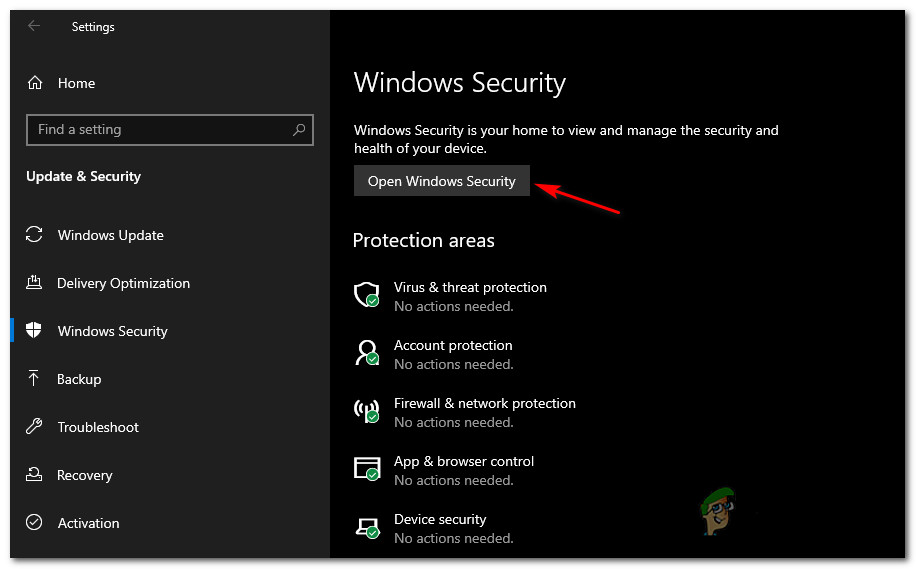
Opening the Windows Security Tab - Select Virus & Threat Protection from the options.

Opening the Virus & Threat protection menu - Click Manage Settings under Virus & Threat Protection, then scroll down to Exclusions and choose Add or remove exclusions.
- Click Add an exclusion and select Folder. Find and select the folder where your BitTorrent downloads are saved, then save your changes.
- Go back to BitTorrent, right-click the torrent with the error, and force a re-check to see if the problem is resolved.
3.3. Uninstalling the Third-Party Antivirus
If you no longer want to use your current antivirus and suspect it’s causing the error, uninstalling it will often resolve the issue.
Note: Once you remove the third-party antivirus, Windows will automatically switch back to using Windows Defender and Windows Firewall for protection.
- Press Windows key + R, type appwiz.cpl, and press Enter to open the Programs and Features window.
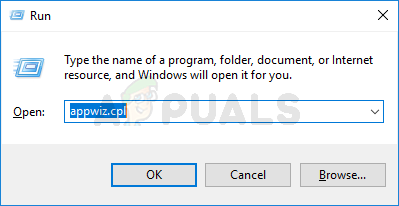
Opening the Programs and Features screen - Scroll through the list of installed programs and find your antivirus suite.
- Right-click the antivirus program, then choose Uninstall.
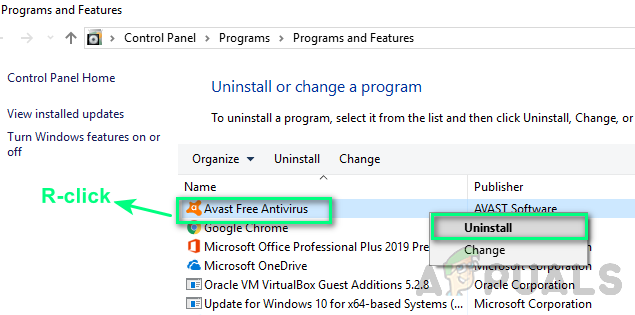
Uninstalling antivirus suite - Follow the on-screen steps to complete the uninstallation. After you’re done, restart your computer and check if the BitTorrent error is resolved.





